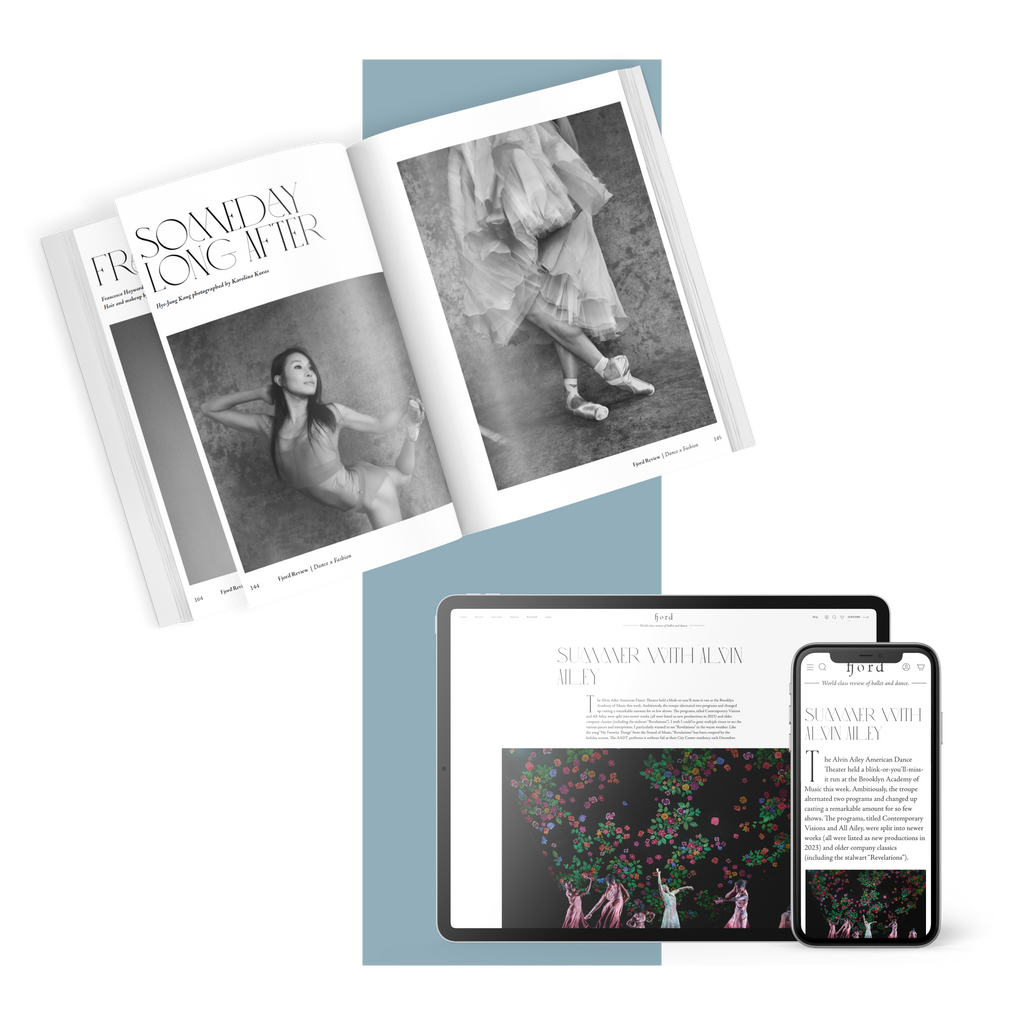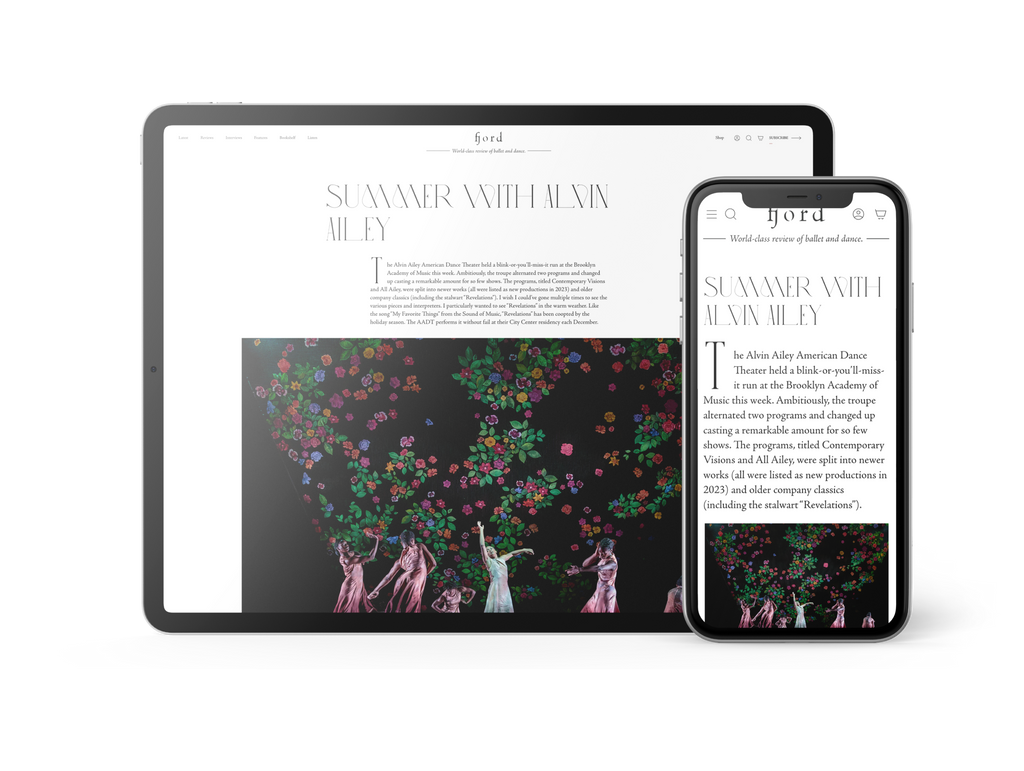Talent Time
It’s “Nutcracker” season at San Francisco Ballet—36 performances packed into three weeks—which means that the company is currently serving two distinct audiences.
Continue Reading
World-class review of ballet and dance.
Some choreographers integrate visuals, text and moods seemingly effortlessly. Colette Sadler is one such artist, as she has long created singular work which straddles performance art, visual art and dance. So it is with her gorgeous and meditative riposte to Daphne's punishment from Apollo, “Oracle Leaves.” In the original myth, while attempting to escape Apollo's brutal advances, Daphne is transformed into a tree. This piece pushes back, embracing an alternative vision, with a rebellious spirit at its core. It is a long, langorous stretch of limbs, a slow-burning beauty. Once you become attuned to its sparse setting, slow pace and short, angular bursts of movement, it is a performance of subtlety and invention, at once post-modern and traditional, using a unique methodology to steer the narrative into unknown places. There's even a reference to Artificial Intelligence within the script.
Performance
Place
Words

“Oracle Leaves” by Colette Sadler. Image courtesy of Colette Sadler


“Uncommonly intelligent, substantial coverage.”
Your weekly source for world-class dance reviews, interviews, articles, and more.
Already a paid subscriber? Login
It’s “Nutcracker” season at San Francisco Ballet—36 performances packed into three weeks—which means that the company is currently serving two distinct audiences.
Continue ReadingLast week I caught up with choreographer Pam Tanowitz and Opera Philadelphia’s current general director and president, countertenor Anthony Roth Costanzo to talk about “The Seasons,” the company’s latest production premiering at the Kimmel Center’s 600-plus seat Perelman Theater on December 19.
Continue ReadingIf Notre-Dame remains one of the enduring symbols of Paris, standing at the city’s heart in all its beauty, much of the credit belongs to Victor Hugo.
Continue ReadingWhen dancer and choreographer Marla Phelan was a kid, she wanted to be an astronaut. “I always loved science and astronomy,” Phelan said.
Continue Reading
comments